We witness sights very few may come to enjoy. |
There are walkers and
hikers, and then there are backpackers. All of us like to get from place to place without any assisted power. Many of us believe that God gave us legs to travel.
Walking allows us to see and hear things that we would not normally experience by vehicle. I have hiked the same trail hundreds of times, and each time I have noticed different things I had not seen before. The seasons, time of day, weather, and plant and animal life, as well as the people you meet, all make the hike a new experience.
hikers, and then there are backpackers. All of us like to get from place to place without any assisted power. Many of us believe that God gave us legs to travel.
Walking allows us to see and hear things that we would not normally experience by vehicle. I have hiked the same trail hundreds of times, and each time I have noticed different things I had not seen before. The seasons, time of day, weather, and plant and animal life, as well as the people you meet, all make the hike a new experience.
Come share with me my hike and experiences, as I backpack trails around the United States.
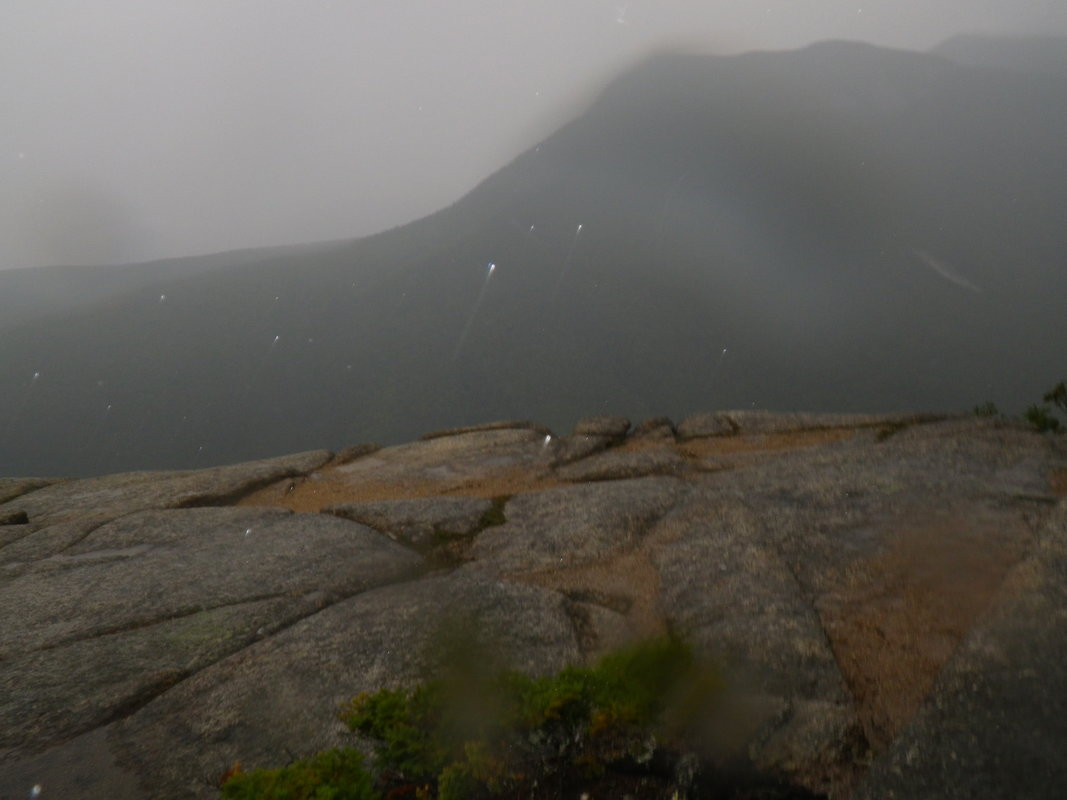
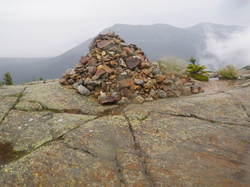
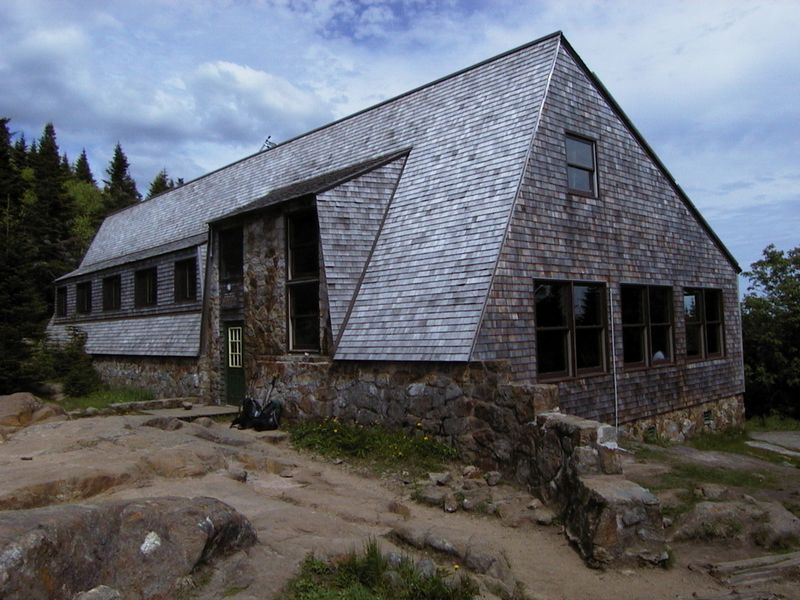
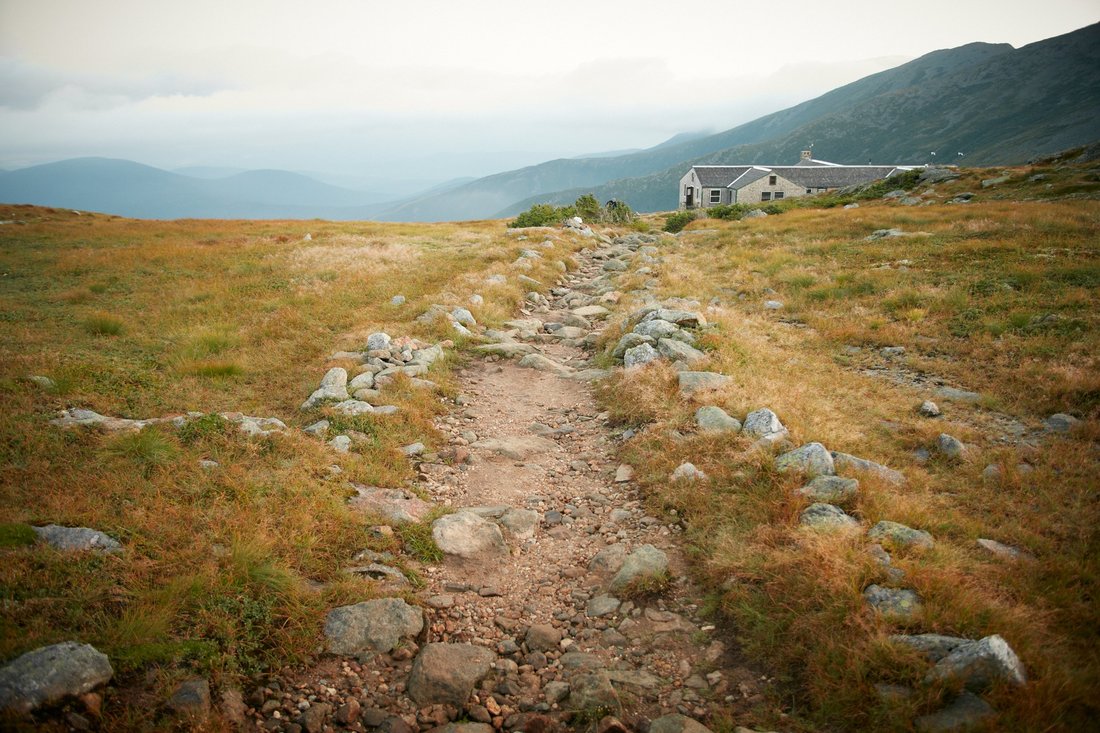
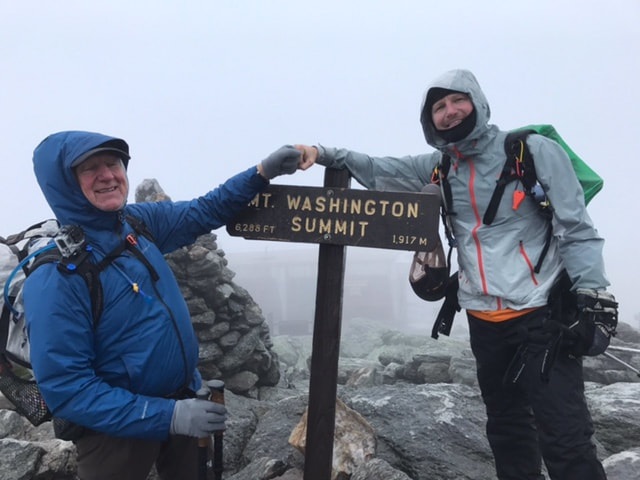
 RSS Feed
RSS Feed